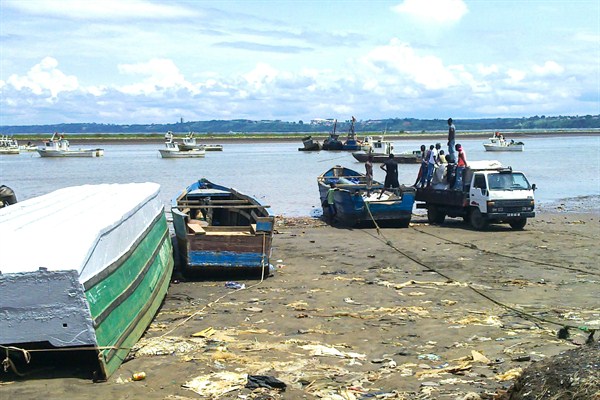Separatist rebels from the Front for the Liberation of the Enclave of Cabinda (FLEC) said they killed 12 Angolan soldiers in an ambush near the border with the Republic of Congo on Sunday. More than 50 Angolan soldiers have been killed since fighting escalated in August. In an email interview, Alex Vines, the head of the Africa program at Chatham House, discusses the state of the separatist insurgency in Angola.
WPR: What is the current state of the Front for the Liberation of the Enclave of Cabinda, and how has its insurgency evolved since the 2006 cease-fire was signed with the Angolan government?
Alex Vines: The separatist conflict for the independence of the Cabinda region is a low-intensity one, with peaks and troughs of violence. The first armed militancy began in the mid-1960s and has occasionally attracted international attention since then, particularly in 2010 when insurgents shot up a bus carrying the Togo national soccer team on its way to an African Cup of Nations match. Since the end of Angola’s broader civil war in 2002, the Angolan government has maintained a tight grip on the province, and Luanda has focused on both political dialogue and military efforts to end the conflict.

